When you think of French Canada you usually think of Quebec, but there are in fact small French population in the Maritime provinces as well, especially New Brunswick, who have a somewhat different history from those is Quebec. Before finally being taken over for good by the British in the 1750s, the land that makes up Nova Scotia, New Brunswick, and Prince Edward Island had been French territory known as Acadia with its settlers known as Acadians. I’ll go into their story in more detail in my entry that includes Grand Pre, but the gist is that after being initially expelled by the British, some were able to hide out in the wilderness and others were eventually allowed to return after a time creating the French-speaking communities that still exist in the Maritime Provinces.
I was surprised to pass through one such Acadian region along the western coast of Nova Scotia between Yarmouth and Digby. The houses in the French-speaking towns pretty much look the same as those in the English towns, the main differences being the language of the signs and in the churches. The Acadian villages generally have a single enormous Catholic church, in contrast to English-speaking areas which have multiple small Protestant churches.
I stopped to check out one such church in Saulnierville in the early evening and noticed a restaurant that looked a lot like a house across the street with plenty of cars parked outside. Hmmm, La Cuisine Robichaeaux looked worth checking out, especially since it was the Canada Day holiday and many places were closed.
I had pretty well resigned myself to likely dinner at Tim Horton’s. But a smart stop it was probably being my best meal in my entire six weeks in Canada – an appetizer of local Digby scallops and then pan-fried haddock with lobster sauce. It was so good I couldn’t help but display some interest when the waiter asked me about dessert. I decided on the mocha cheesecake, homemade they insisted. The massive slice which came must have had at least a thousand calories but was one of the best I’ve ever eaten. It’s so rare for there not to be a tradeoff between quality and quantity at restaurants.
I spent the night in Digby, a seaside fishing town after which Nova Scotia’s Digby scallops are named, this time actually going to a campground so that I’d be able to clean up nicely. The campground was close enough to the town center that I was able to see the Canada Day fireworks after dark.
Annapolis Royal is the gateway to the Annapolis Valley and of historic significance as the capital of Acadia in the 1600s and 1700s when it was known as Port Royal. Name change after the British takeover along with them building Fort Anne to guard the harbor, now a national historic site and museum. The town also has a significant botanical garden, and by July 2nd roses and plenty of other flowers were finally in bloom. That takes a while in a northerly latitude surrounded by chilly oceans.

 Digby, Nova Scotia, Canada
Digby, Nova Scotia, Canada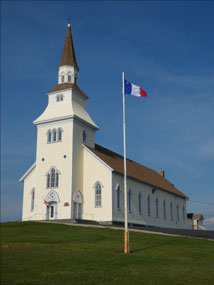



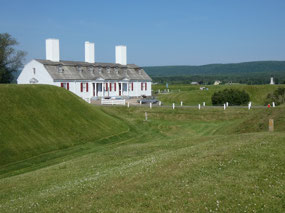
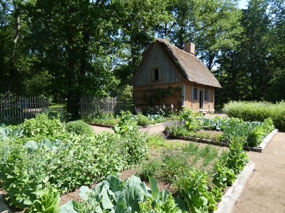
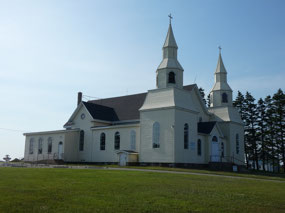
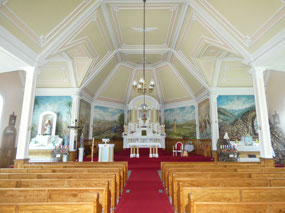
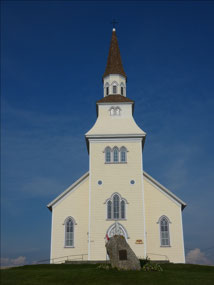
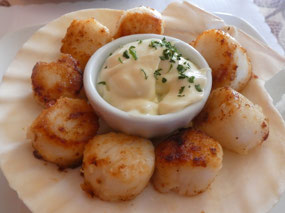
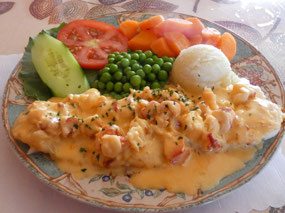
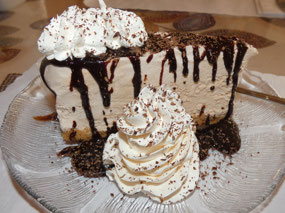
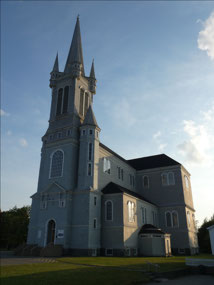
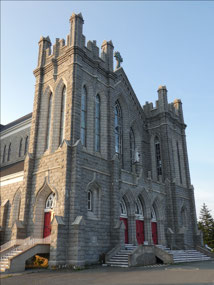
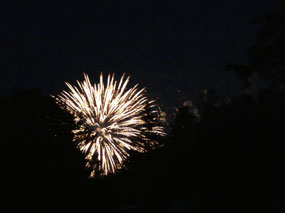





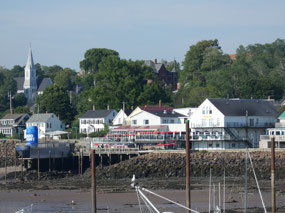
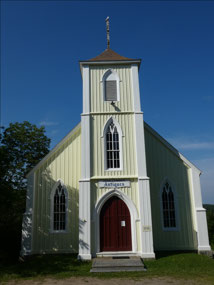
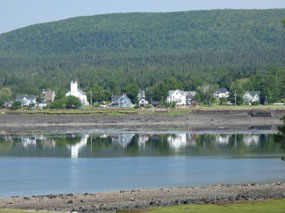

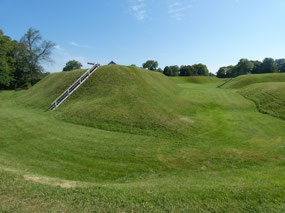
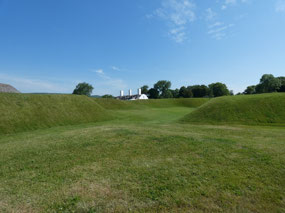
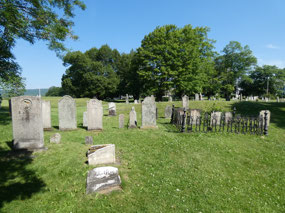
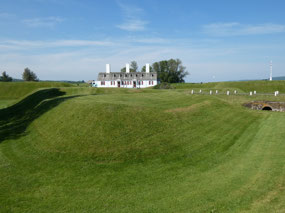
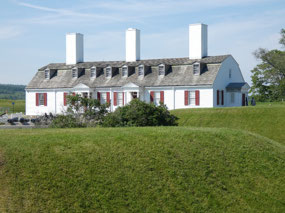
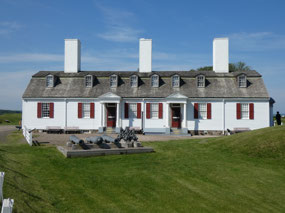
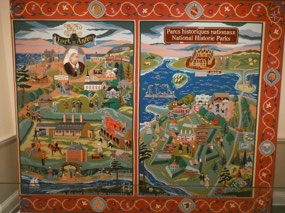
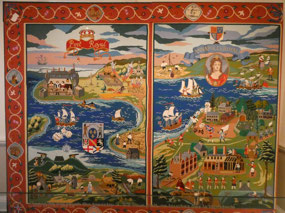
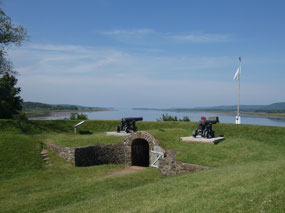
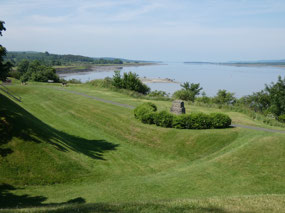
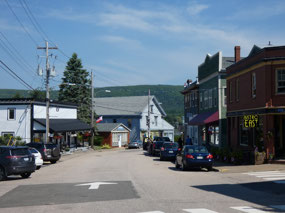
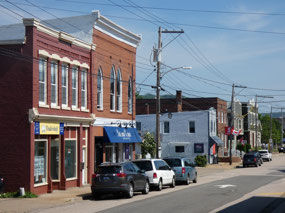
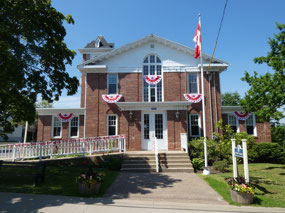



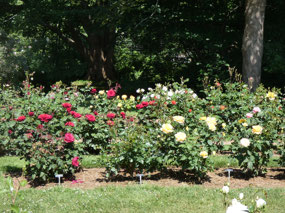
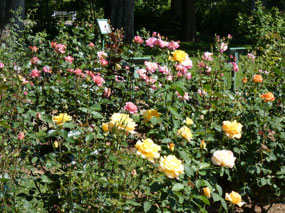
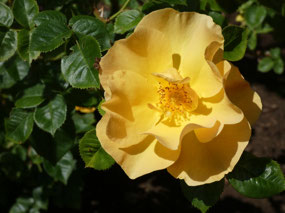
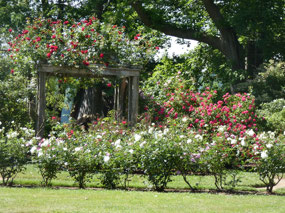
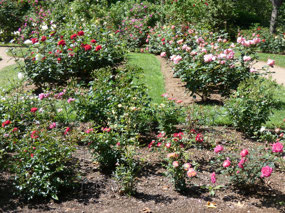
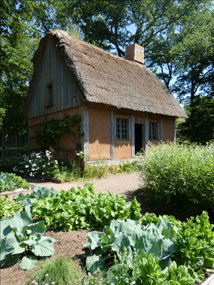
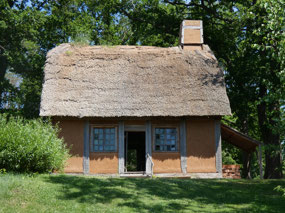
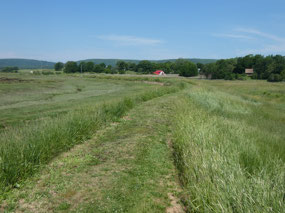

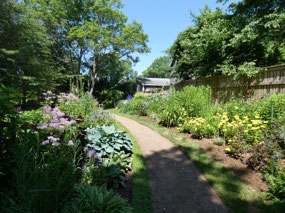
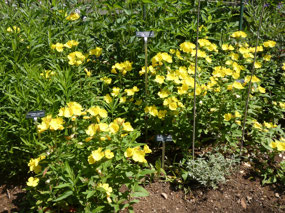
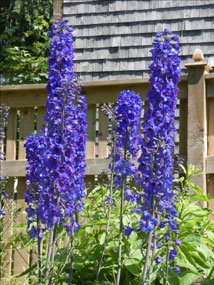
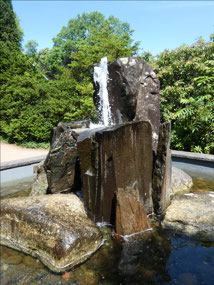
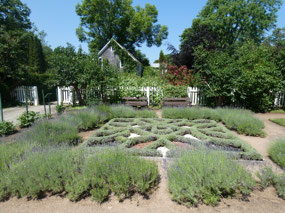
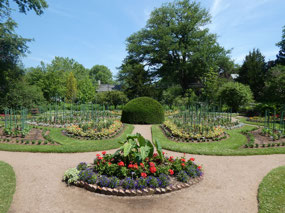

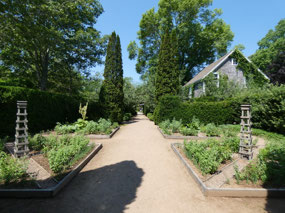
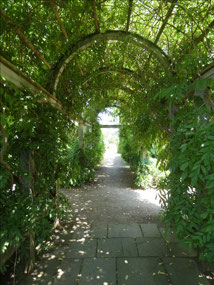
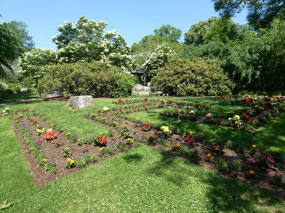
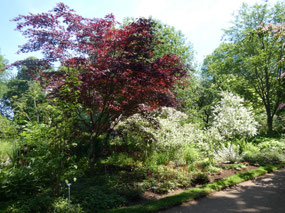
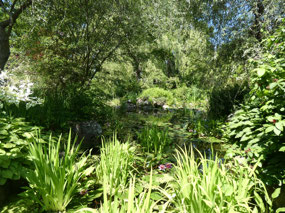

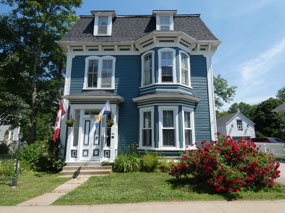


2025-05-23